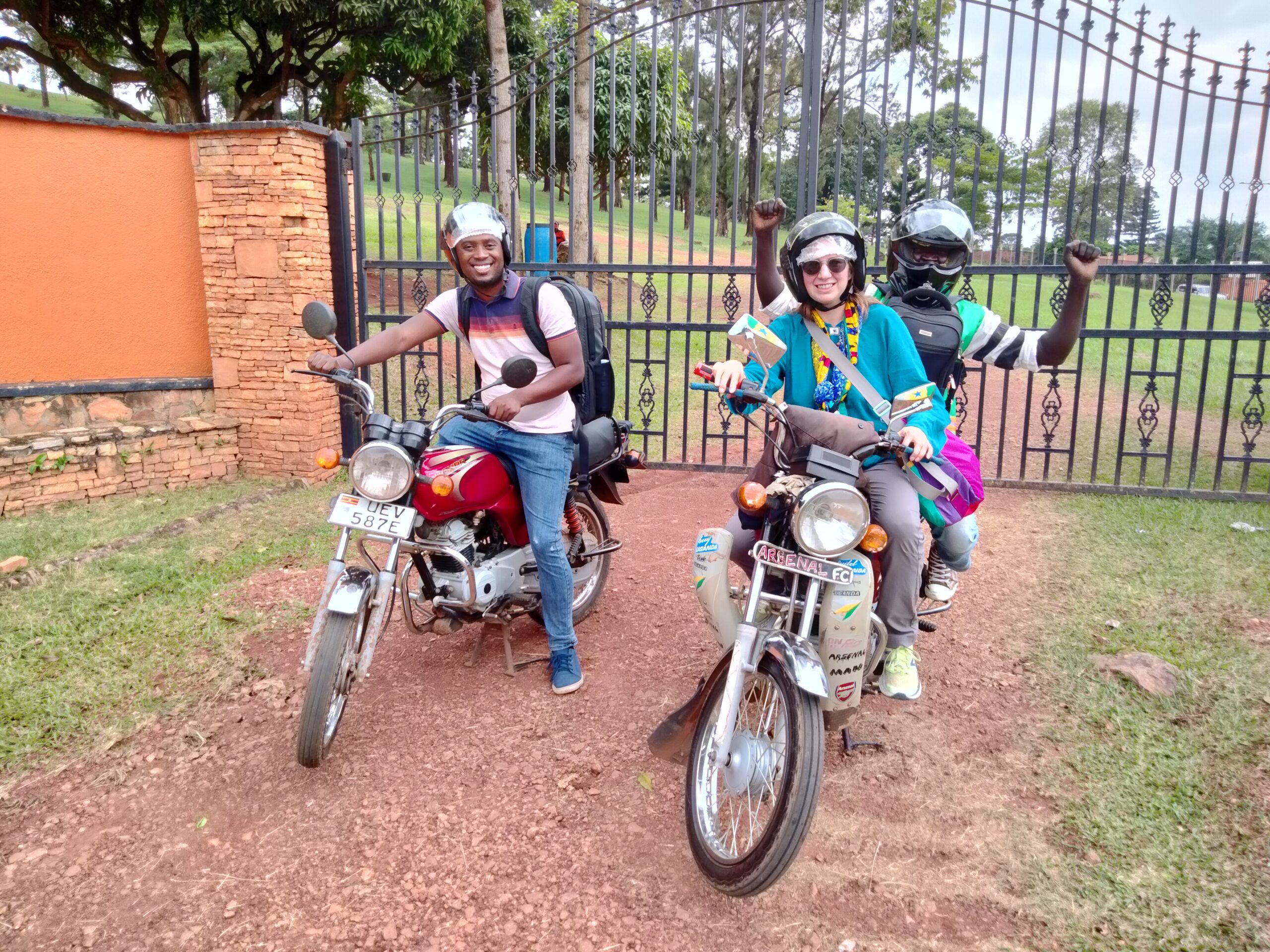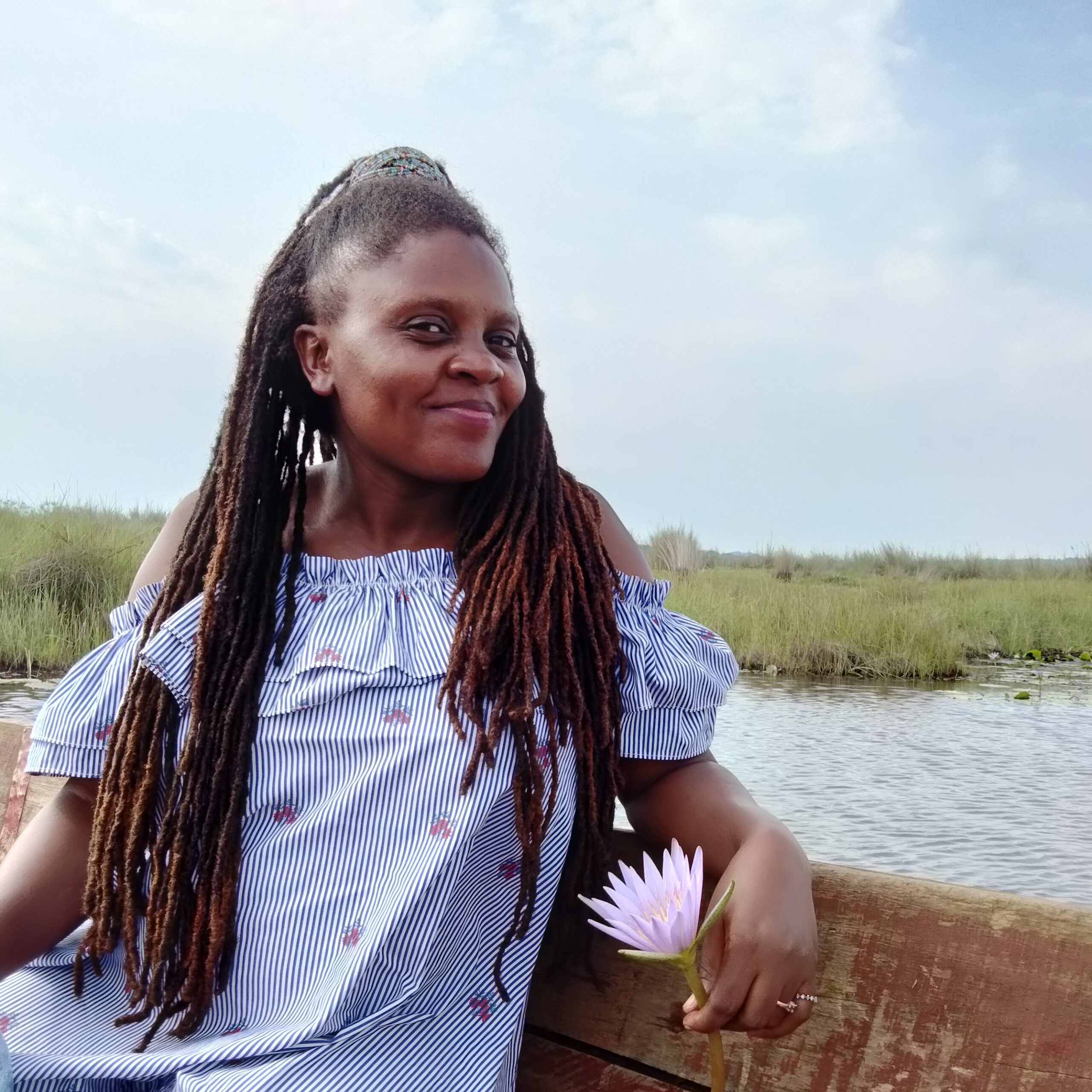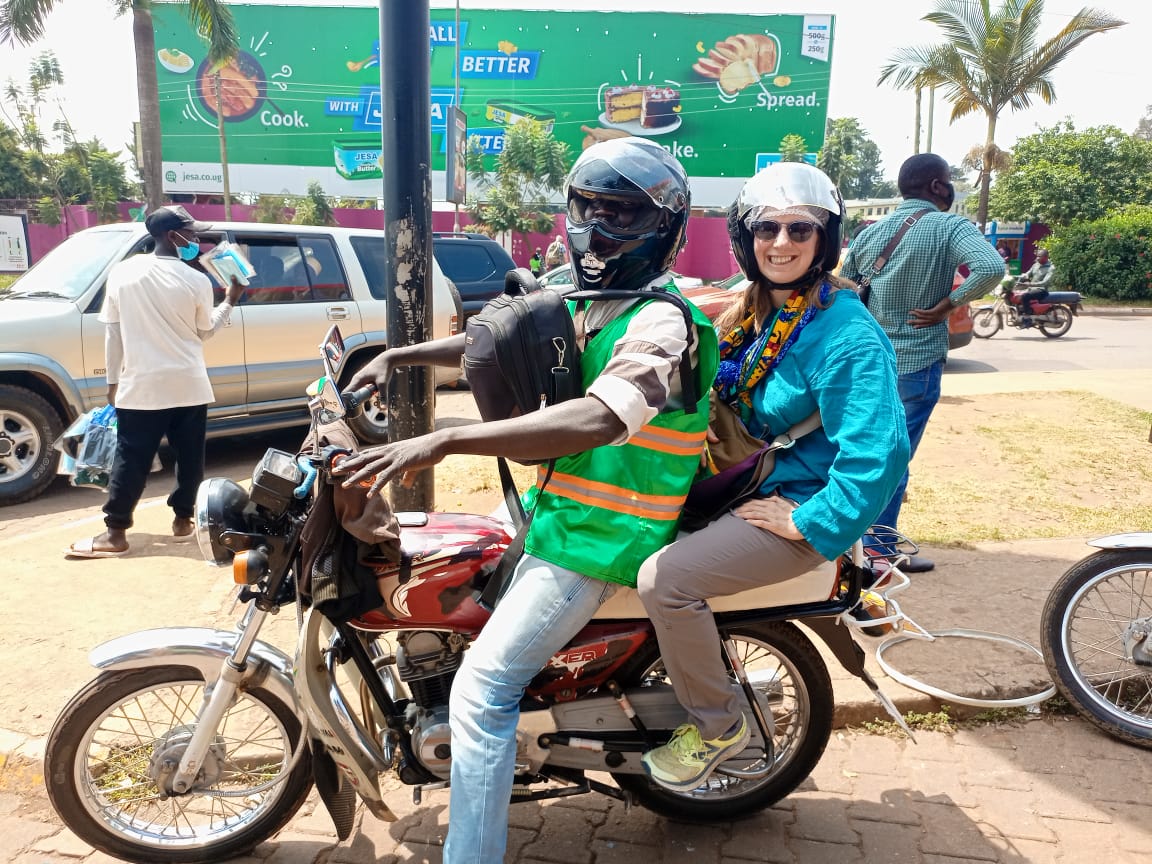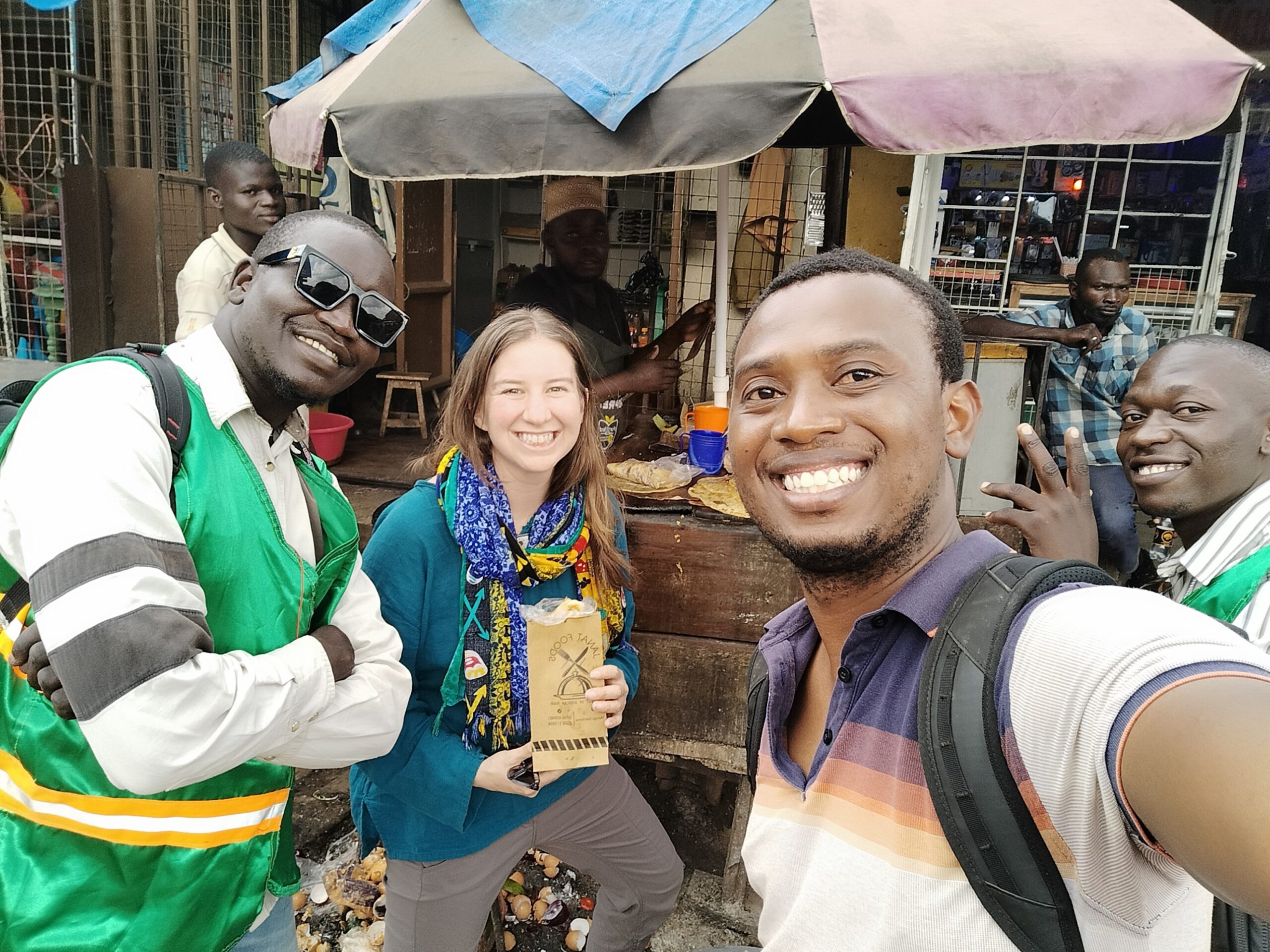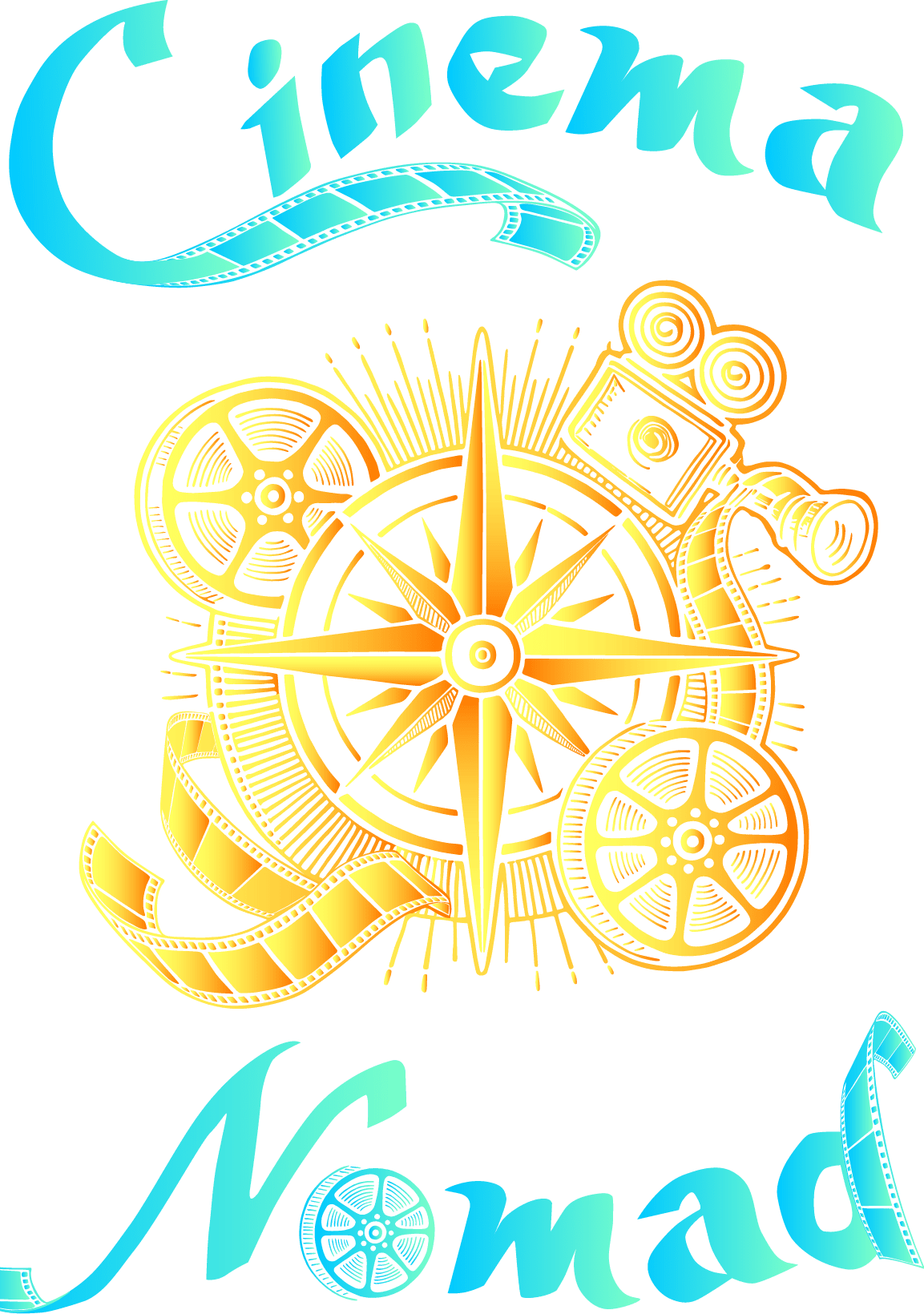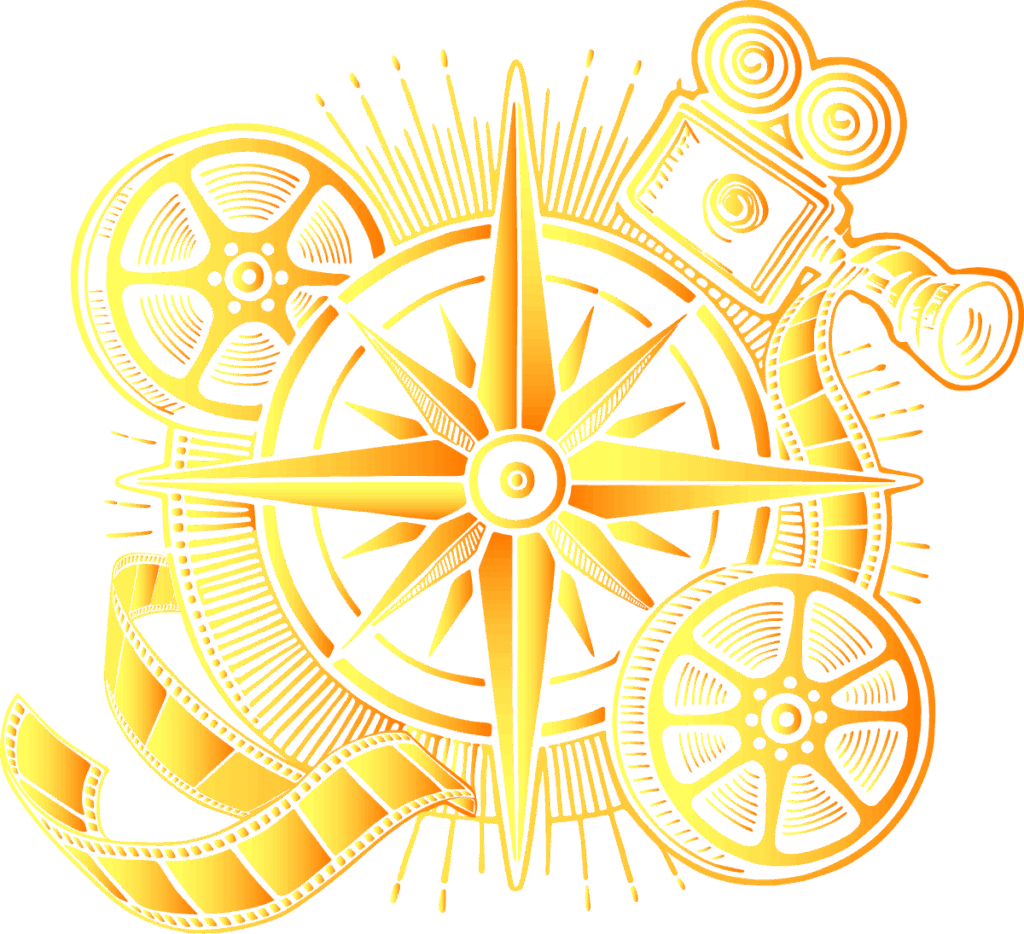
Uganda
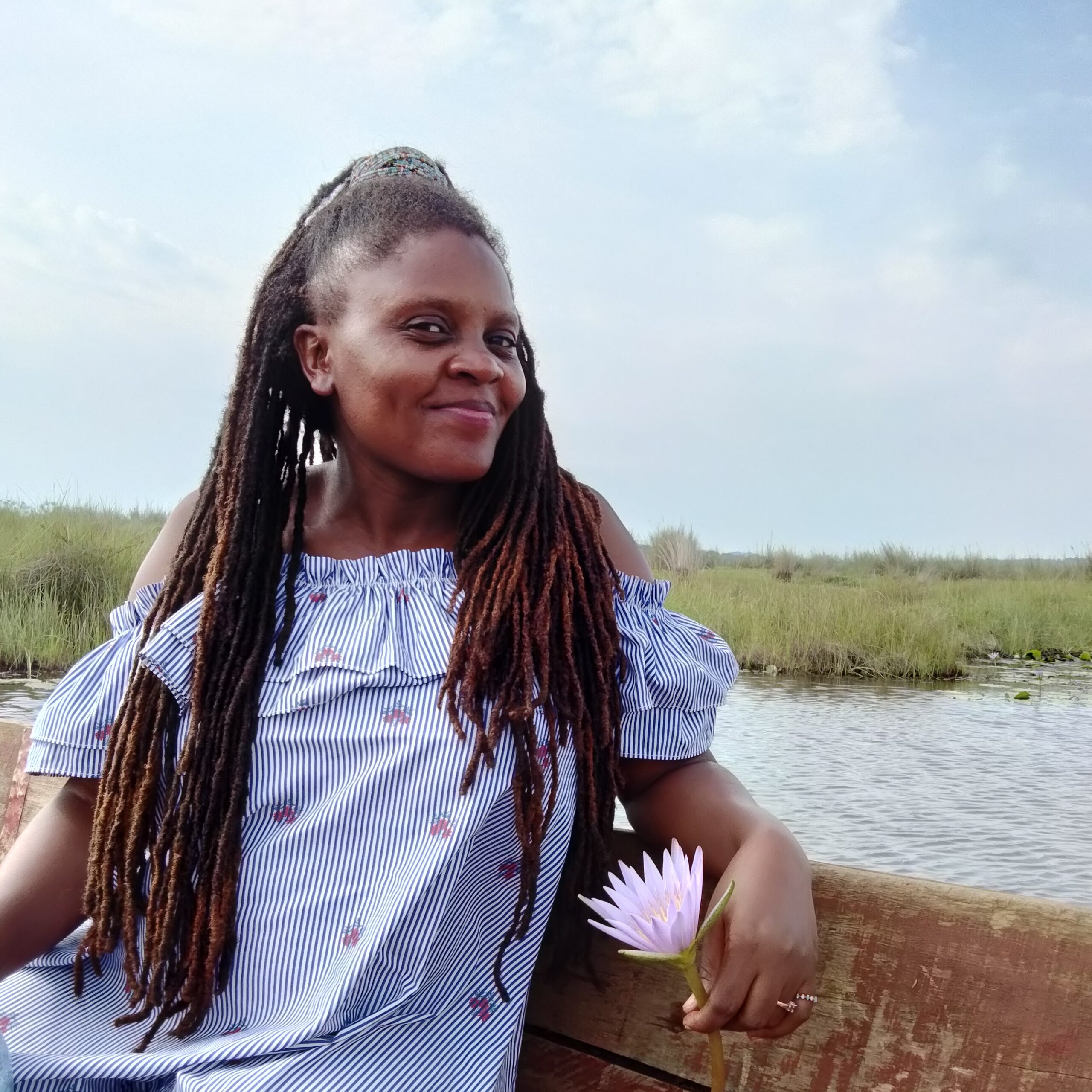
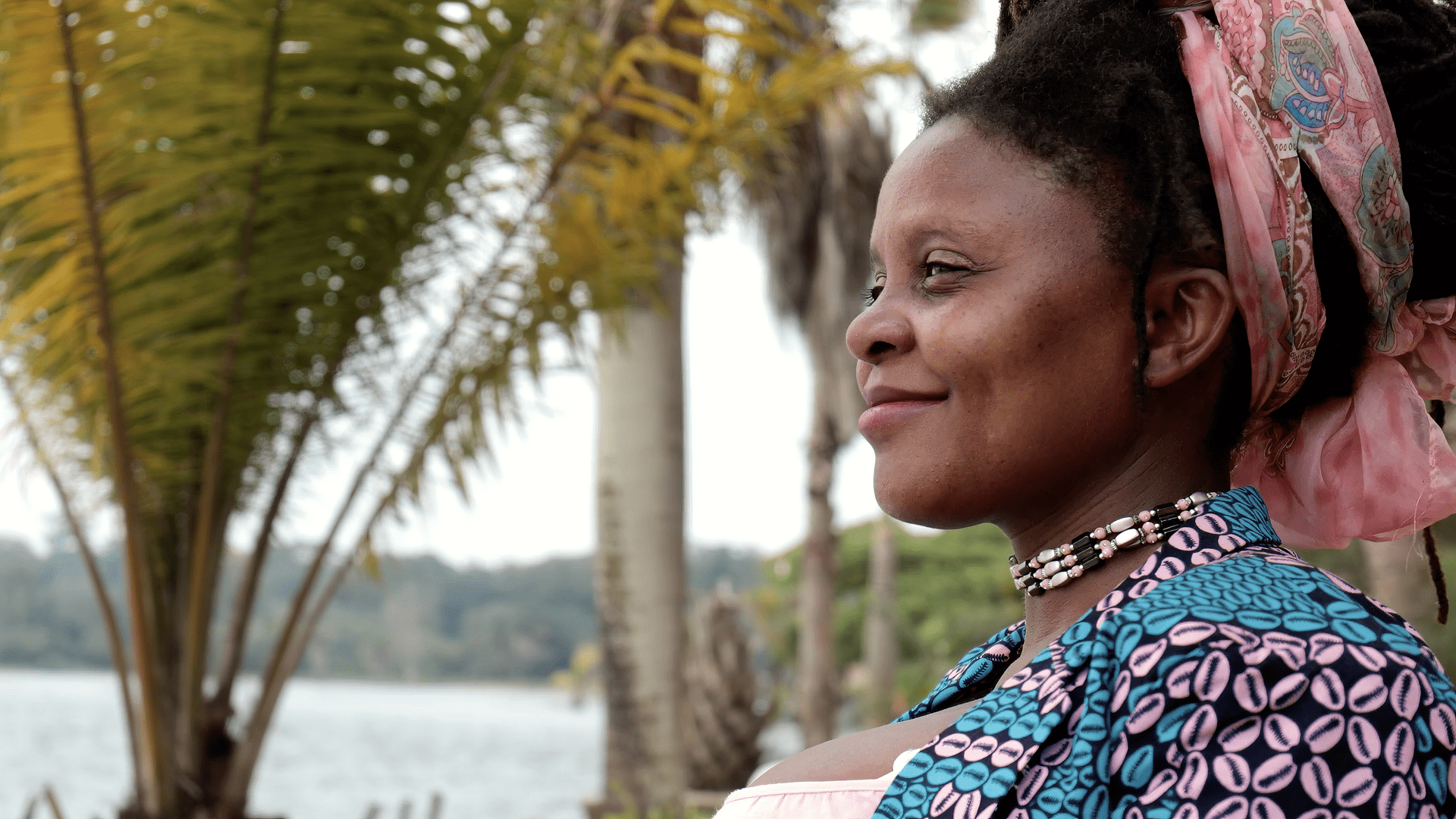
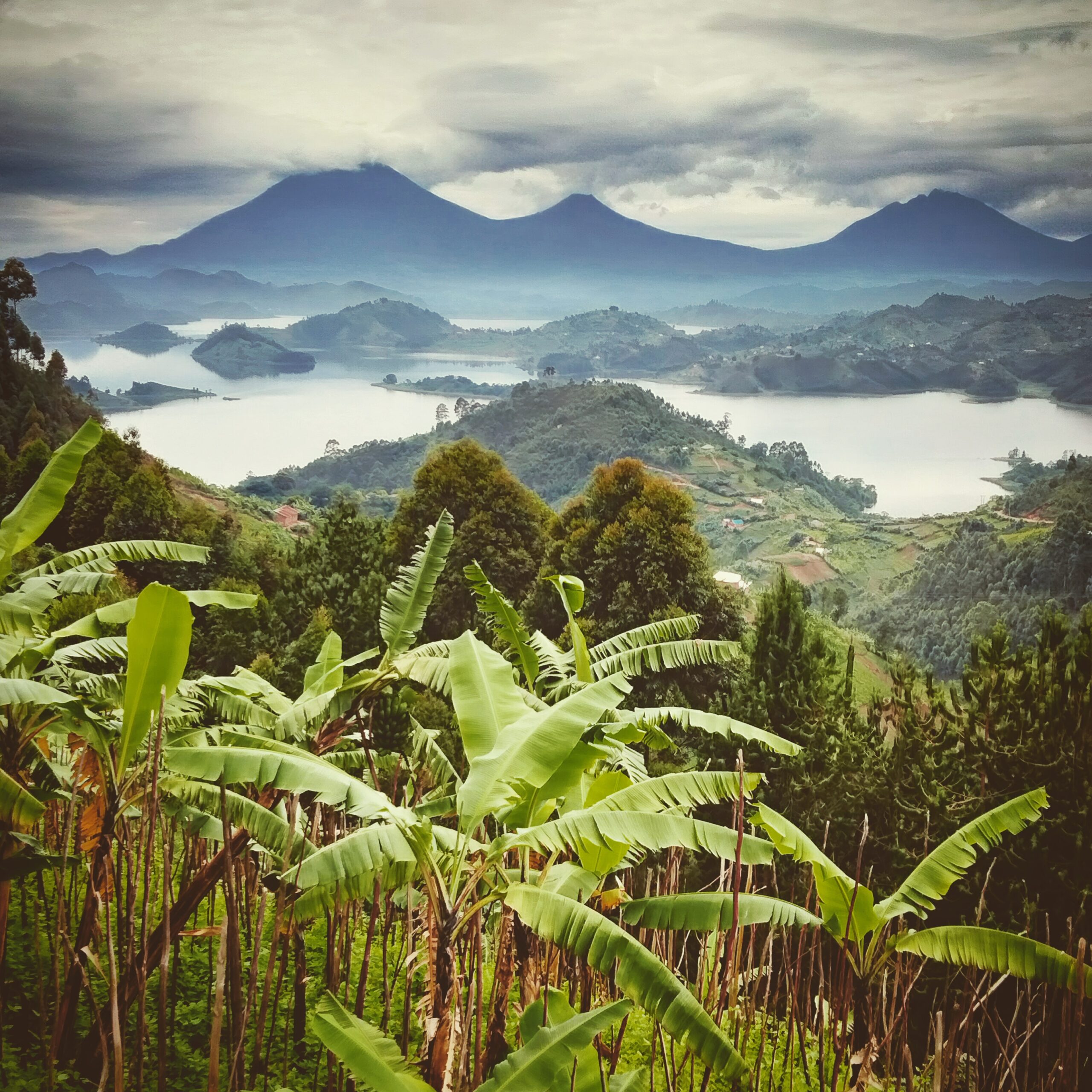
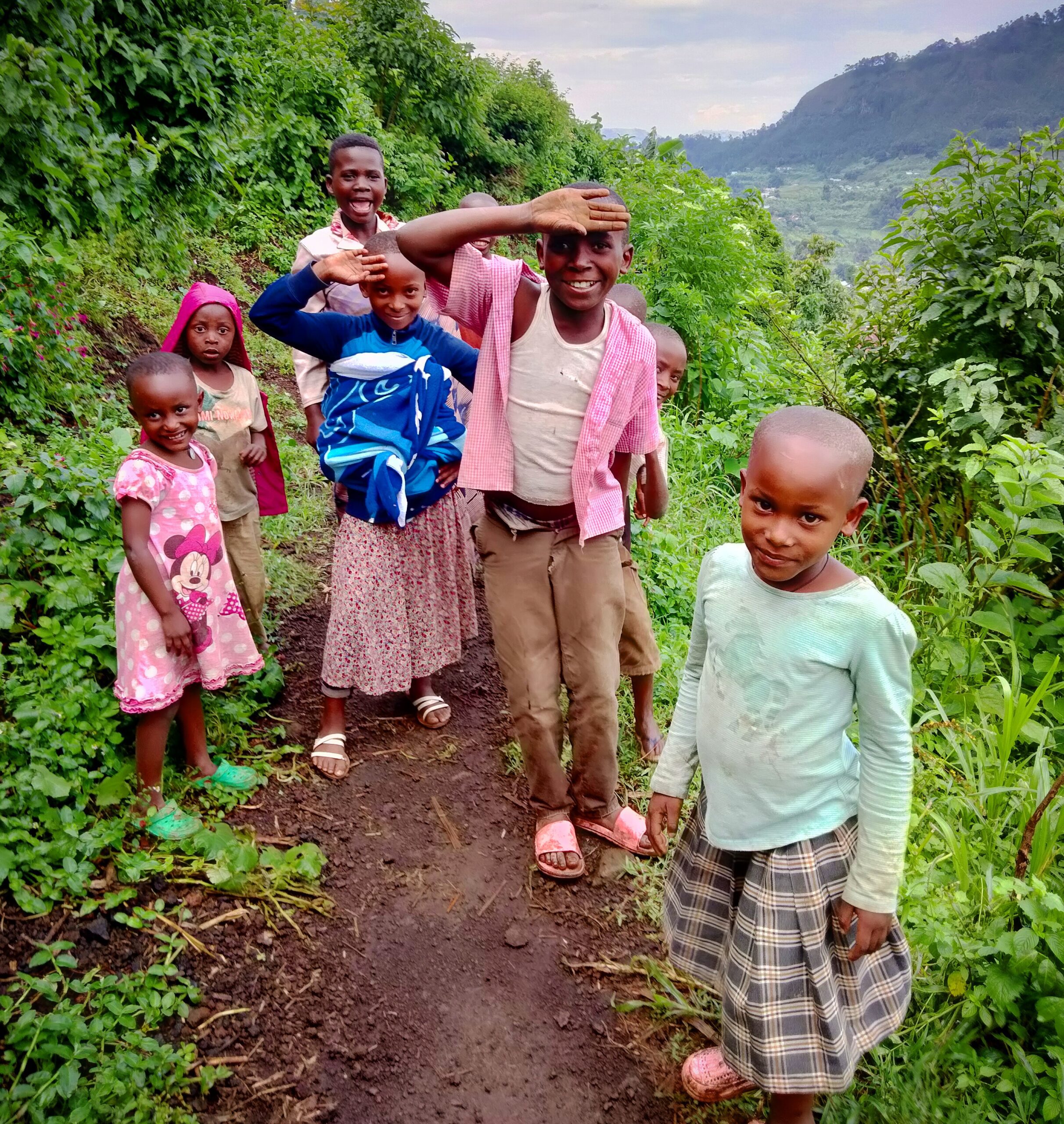
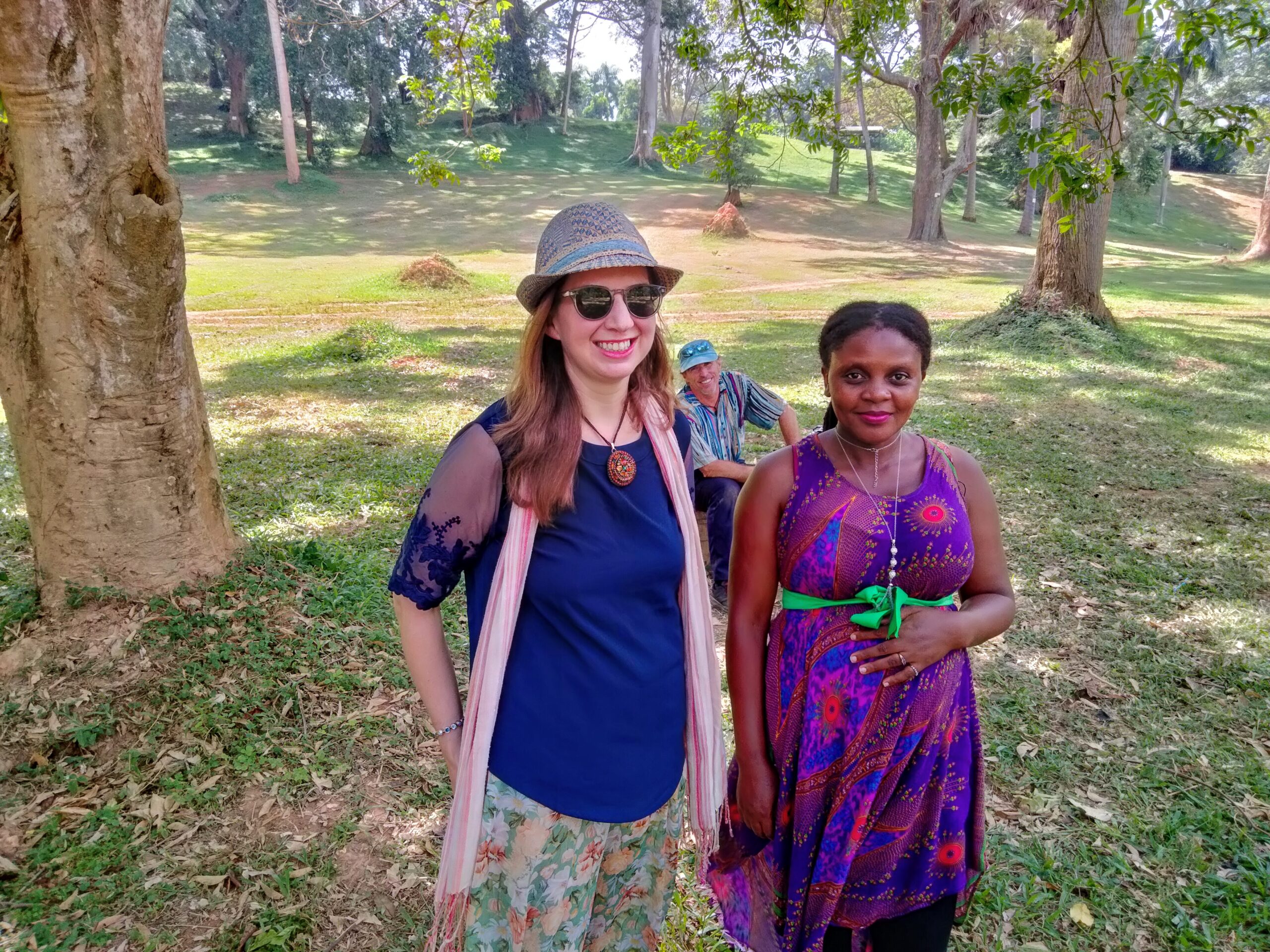
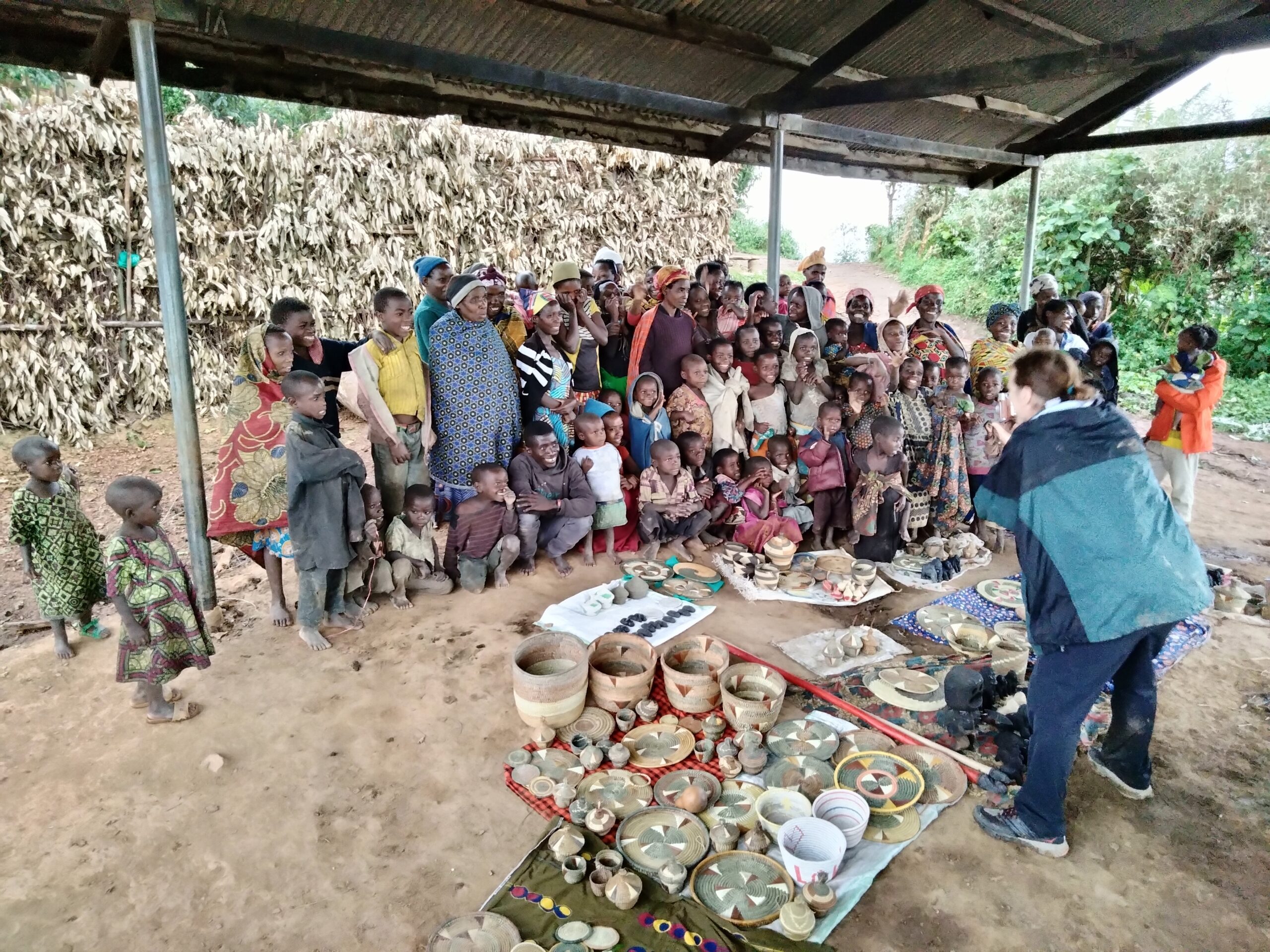
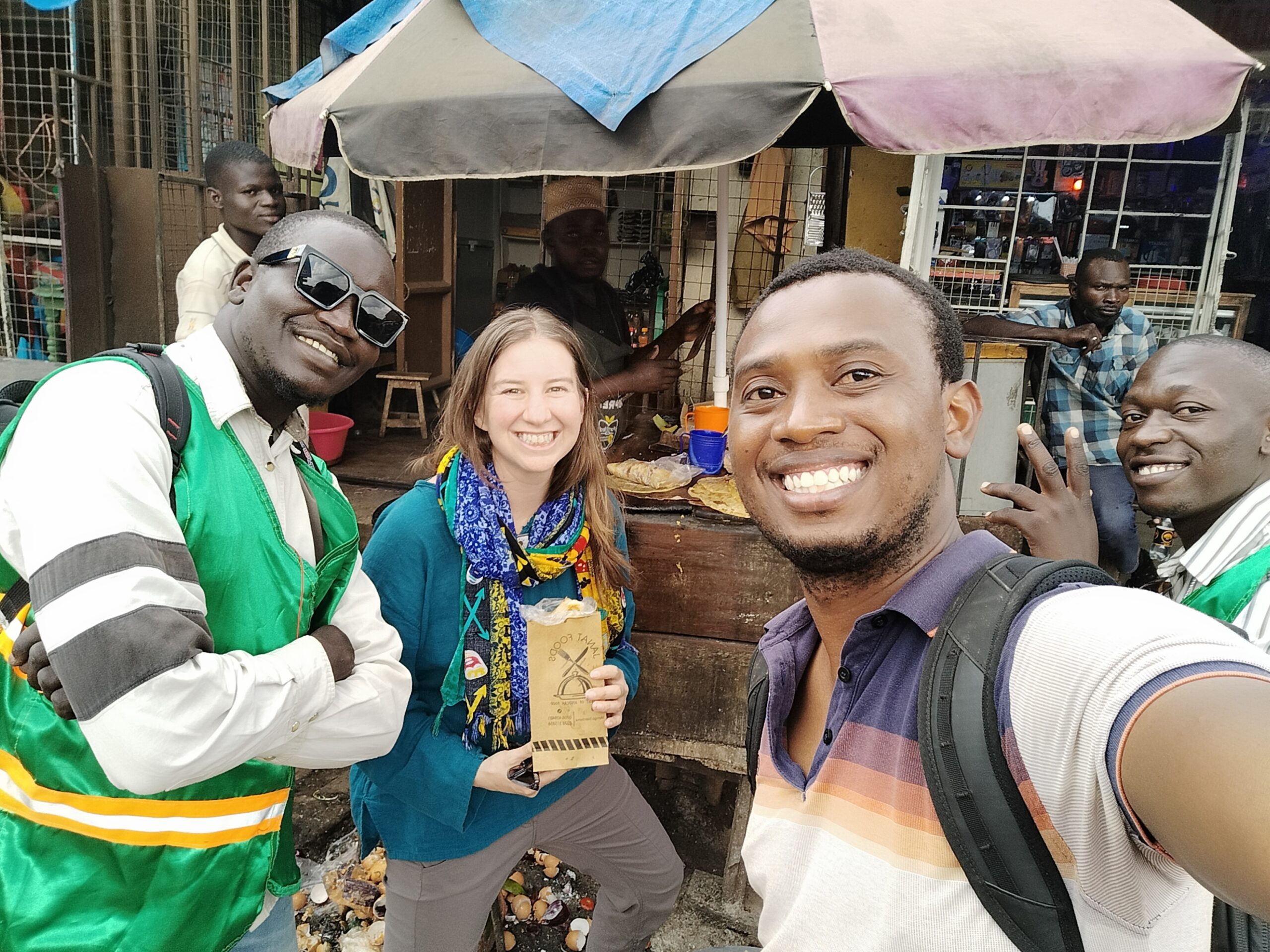
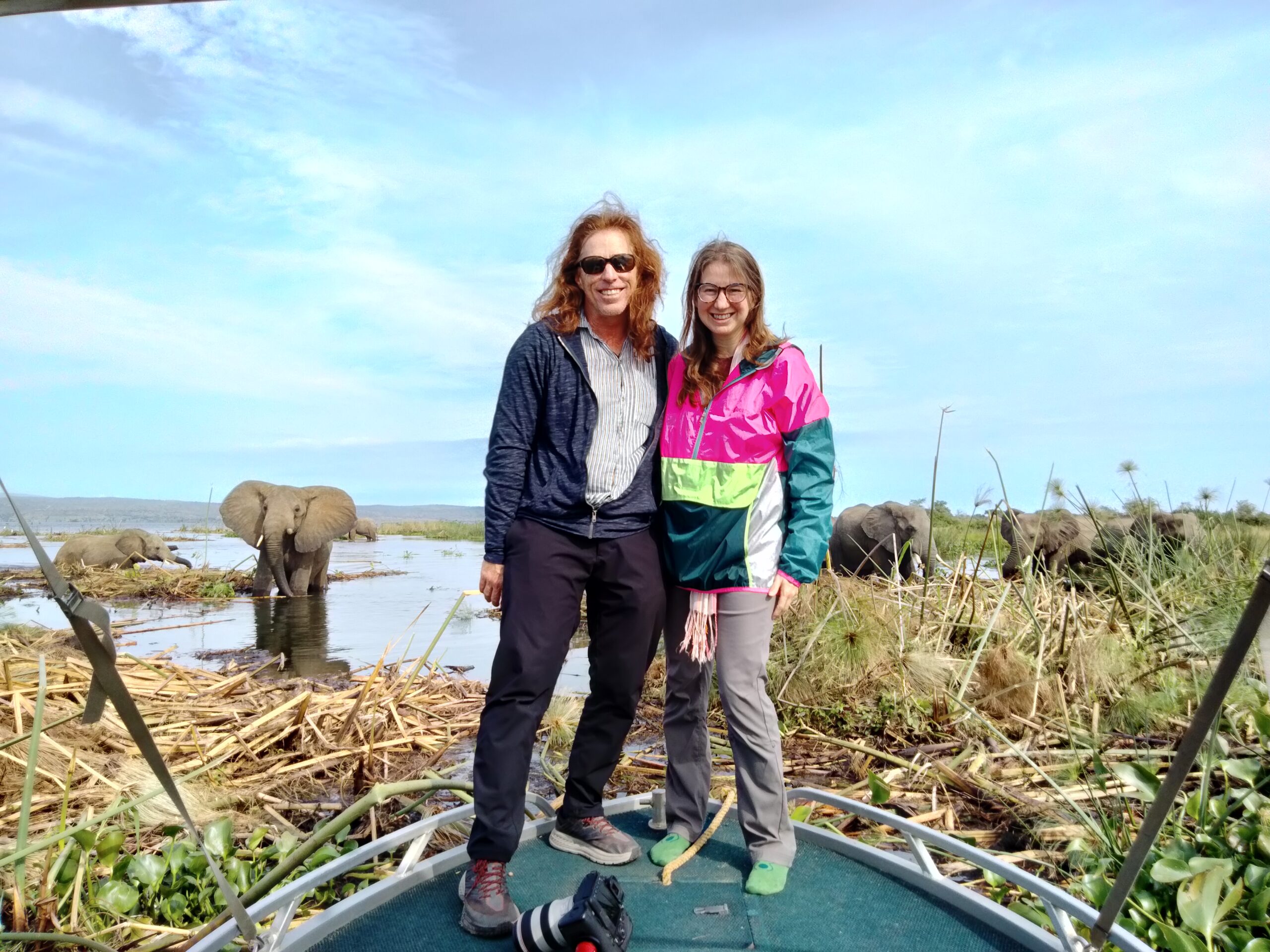
110: Uganda
Explore Uganda, a biodiverse country with multiple kingdoms. Stephanie hikes through local villages and treks mountain gorillas, chimpanzees and golden monkeys. She traces the path Katherine Hepburn took on “The African Queen.” We meet Patience, a bold and brave director in Entebbe, who strives to tell “decolonized stories” and bring dignity to her ancestors.
Where Were You at 33?
Name: Patience Nitumwesiga
Place: Entebbe, Uganda
Age at Filming: 33
Personal logline: A 33-year-old Ugandan woman determined to make decolonized films about her continent sets out to create a futuristic utopia for herself and her kind, with the help of her 31-year-old husband and an army of sisters holding her up
Directed by Patience:“Communion” (2018), “Heaven Sounds Boring” (2022), “Jangu” (2023), “The Woman Who Poked The Leopard” (2025)
Patience’s “Guilty Pleasure” Film: “Columbiana” (2011) directed by Olivier Megaton
Some of Patience’s favorites: The play, “Waiting For Godot” by Samuel Beckett; Books by Octavia Butler; The movies “Sing Street” (2016) directed by John Carney and
“Where God Left His Shoes” (2007) directed by Salvatore Stabile
Follow Patience: https://shagika.com/
Patience’s Instagram: @nitumwesiga
Patience’s Bio: Patience is a self-described Afro Futurist: a director, screenwriter, playwright, artist, educator, and feminist. Truly a renaissance woman who finds the best medium to address the issues that face her and leads to intense creation. She was born in 1988 in the mountains of Buhweju, in present day Western Uganda. She trained in Sweden and Denmark at the Prospero Performing Arts Center and has a degree in drama from Makerere University in Kampala. She has attended Mira Nair’s Maisha Film Lab for screenwriting. In addition to writing for stage, TV and film, Patience is also a photographer and published poet. As a filmmaker, Patience started her own production company, Shakika, focused on telling “decolonized stories of Africans changing their worlds.” She has directed a feature documentary, “The Woman Who Poked The Leopard,” about Ugandan political activist Stella Nyanzi.
About The Woman Who Poked The Leopard: https://www.wmm.com/sponsored-project/the-woman-who-poked-the-leopard/
Cinema of Uganda
The early days of cinema in Uganda were dominated by foreign, mostly British filmmaking, and not much at that even occurred. Rumor has it that a part of the 1957 “Tarzan” film, A UK production that has Tarzan “on safari” was shot in the Entebbe Botanical Garden, due to its easily accessible tropical setting,
Hollywood dabbled in Uganda for a brief moment with the filming of “The African Queen,” which was shot on location around Murchison Falls in the West of Uganda. “The African Queen” was directed by John Huston and starred Katharine Hepburn and Humphrey Bogart. Set in German occupied East Africa during WWII, most of this classic film takes place on the river. Uganda is considered to be the starting point of the White Nile, which flows from Lake Victoria to Lake Albert, on the border with the Congo. It is here that “The African Queen” was filmed. Katherine Hepburn wrote a fascinating account of this film shoot in Uganda, in her book, The Making Of The African Queen.
In the 1970s, very few films were made. The dictator Idi Amin, who ruled from 1971-1979 forbade the screening of foreign films, which he considered to be “imperialist propaganda” and there was not an infrastructure set up for local filmmaking. Censorship was high, and remains so today. However, the independent film industry is starting to grow. The 2005 film, “Feelings Struggle” is considered by some to be the “first Ugawood film.”
The Cinema of Uganda is referred to as Ugawood or sometimes KinaUganda. There are some delightfully unique aspects of the Ugandan cinema culture, most notably the VeeJays. Video Jockeys (sometimes called Video Jokers) are known as the “subtitles of the community.” They translate the latest Hollywood Blockbuster or Nigerian hit live on stage as the film screens to an audience. Translating from English into the local language, with a microphone in hand like a DJ. But it’s more than just a straight translation. A VJ adds his own commentary, sometimes funny, or explanations where he sees necessary, often veering off-track of the actual plot.
It reminds me of the Japanese tradition of Benshi, performers who provided live narrations for silent films in Japan.
Uganda also has Wakaliwood: intentionally B-style action films made by Ramon film Productions in Wakaligia, a specific neighborhood on the outskirts of Kampala. Wakaliwood was founded by Godfrey Geofrey Nabwana, or Nabwana I.G.G. as he’s locally known. He’s considered to be the Tarantino of Uganda. He made his first films in 2005 and since has garnered a large cult-following with over 40 feature films, best known for, “Who Killed Captain Alex?” which is said to have been produced for $200.
Outside of Wakaliwood, one of the most popular local filmmakers is Loukman Ali who releases high quality short films on You Tube, including “Sixteen Rounds” and “The Blind Date.” In 2020, Ali’s feature film, “The Girl In The Yellow Jumper” became the first Ugandan film to stream on Netflix.
Some foreign films made in Uganda in the 2010s include “Sara’s Notebook,” a Spanish co-production shot around Kampala and the Virgungas; “Imperial Blue,” a UK indie film shot near Fort Portal; and even a small bit of “Black Panther” was shot in Uganda.
In 2016, Disney released a film shot in Uganda, “Queen of Katwe,” directed by Mira Nair starring David Oyelowo, Lupita Nyong’o and Madina Nalwanga: a biopic about Phiona Mutesi, a girl from the Katwe district of Kampala who becomes a Chess prodigy.
Mira Nair, who directed Mississippi Masala (1991), about a family from the Ugandan-Indian population that Adi Amin expelled in 1972; created Maisha Film Lab, a mentorship program to train the next generation of East African filmmakers.
Some Websites that discuss Ugandan Cinema:
- https://maishafilmlab.org/
- https://www.cinemaescapist.com/2018/08/closer-look-ugandan-cinema/
- https://www.unesco.org/en/articles/ugandan-filmmakers-carve-space-their-own-artistic-industry
- https://www.bbc.com/news/magazine-32531558
- https://www.aljazeera.com/gallery/2018/3/8/wakaliwood-the-cinematic-dream-of-a-uganda-slum
- https://cinemaug.com/blogs
- https://cinemaug.com/blog/231007054421-unlocking-the-potential-an-insiders-view-of-the-ugandan-film-industry
- https://aaiffafrica.com/the-rise-of-ugandan-cinema-stories-and-challenges-with-michael-wawuyo-jr/
- https://wjrcbrown.wordpress.com/2017/03/14/wakaliwood-where-supercinema-meets-non-cinema/
Suggested Films From or About Uganda:
“The African Queen” (1951) directed by John Huston
“Mississippi Masala” (1991) directed by Mira Nair
“War Dance” (2007) directed by Andrea Nix Fine and Sean Fine
“Queen of Katwe” (2016) directed by Mira Nair
“The Girl In The Yellow Jumper” (2020) directed by Loukman Ali
“The Woman Who Poked The Leopard” (2025) directed by Patience Nitumwesiga
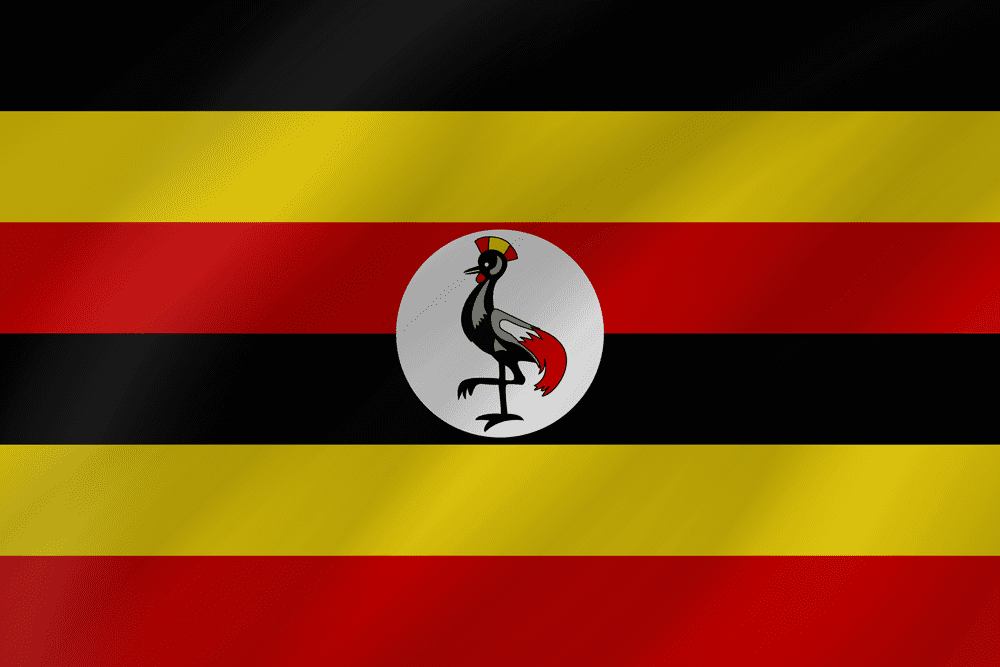
Official Name: Republic of Uganda
Population: 47.5 million
Capital City: Kampala
Form of Government: Multiparty republic with one legislative house (Parliament)
Official Language: English and Swahili (with many, many other languages spoken: Luganda being the most widely spoken)
Currency: Ugandan Shilling
Borders: Kenya, Tanzania, Rwanda, Democratic Republic of the Congo, South Sudan, and Lake Victoria
About Uganda
Dubbed “The Pearl of Africa” and “a fairy tale,” by Winston Churchill in 1908, this country in East Africa has a surprise around every turn.
With a population of around 49 million, Uganda is made up of traditional Kingdoms, including: the Buganda in the south, the Bunyoro in the northwest, the Toro in the West, and Busoga in the East. There’s also the Ankole in the Southwest, which has since been “abolished.”
There are said to be 56 tribes in Uganda, but counting the kingdoms and tribes and defining their borders can be tricky, due to the colonial history and everything in between that has tried to disrupt the order of things.
In the “Scramble for Africa” when European explorers were carving up the territory to divide amongst themselves, they cut up traditional territories, and modern day borders have split up some Kingdoms.
What interested me most about Uganda is how many different tribes, peoples, languages, cultures and customs are spread around the territory. During my travels across the country, I learned how to say “thank you” in at least five different languages!
For instance, the largest tribe is Baganda. The Baganda, the people, occupy Buganda, the land, and speak Luganda, the language.
The Kingdom of Buganda had a very structured hierarchy, which attracted the British when forming its “protectorate” or “colony.” So much so that the Brits left the Kabaka, the Bagandan King, in place; and despite all the other kingdoms and tribes, made the Kabaka the de facto ruler of Britain’s Uganda, after having changed the borders of East Africa for Europe’s own dealings.
Despite the fact that the Kingdom of Buganda is the largest, and it in many ways dominates the narrative of how modern day Uganda has evolved, there’s so much under the surface of what Uganda was, is and could be.
Lake Victoria, shared between Uganda, Tanzania and Kenya, is Africa’s largest lake and the second largest freshwater lake in the world after Lake Superior. Human activity on Lake Victoria dates back 50,000 years!
The first foreigners arrived in Uganda in the mid-19th century: Arab traders in search of slaves and ivory brought Islam to the country. Christian missionaries then arrived, followed by European traders, and arms dealers.
In 1888, When the Buganda King Mwanga II attempted to outlaw various religious factions, he was deposed. A Civil War followed and ultimately the Christians defeated the Muslims, after which the British Protestants defeated the German Catholics and in 1894, Britain created a protectorate over Buganda and ultimately some of the other nearby kingdoms.
Uganda gained independence in 1962. The Bagandan Kabaka was declared the president and Dr. Milton Obote, became Prime Minister. Tensions grew and Dr. Obote abolished the Kingdoms and the role of Kabaka as president, grasping more power for himself. Obote sent the army to the Royal Palace and 2,000 Baganda were killed. Obote made Uganda a republic, divided up the kingdom of Buganda, and gave the army unlimited powers without trial.
In 1971, Idi Amin seized power. At first he was very popular, he soon became extremely oppressive and expelled over 60,000 Ugandan Asians of East Indian ancestry, in a “Ugandanization of Private Businesses.” Many people were tortured or killed as a result of Idi Amin’s actions; human rights abuses abound, and many political dissidents or perceived rivals were killed, as well as various ethnic groups. Amin tried to anex part of Tanzania, starting a war, which led to Amin’s downfall. In 1979, Amin was overthrown, and Milton Obote eventually returned to the Presidency from 1980-1985.
Civil war in the 1980’s brought Yoweri Museveni to power, who’s held onto it ever since.
For the next two decades, conflicts continued in the North provoked by the rebel Lord’s Resistance Army led by Joseph Kony, who kidnapped kids and turned them into soldiers, responsible for the deaths of tens of thousands of people. Kony was driven from the country in 2008, and has been in hiding ever since.
While there have been Presidential elections, Museveni strikes down opposition at every chance he gets. The most well known example is that of popular singer Bobby Wine, who ran for president in 2021, and endured threats to himself and his security team. Bobby Wine lost, though questions remain of the election’s validity.
At over 1,000 different species, Uganda has one of the largest number of recorded bird species in the world. I was awed by the rare Shoebill Stork, and scared stiff by the humongous marabou storks walking the streets of Entebbe like they own the place.
With over 350 different species of mammals, East Africa also has the highest concentration of mountain gorillas left in the world, about half of the 1,000 gorillas remaining live in Bwindi Impenetrable Forest, which borders the Democratic Republic of Congo, Rwanda, and Uganda. Uganda and Rwanda also hosts the only remaining Golden Monkey population, and a robust population of chimpanzees.
About Entebbe:
Entebbe is 25 miles south of Uganda’s biggest city and capital, Kampala. Entebbe is about 100 miles north of the Equator. During colonial times, Entebbe was the capital and today it is where many of Uganda’s foreign diplomats and expats live.
Located on the shores of Lake Victoria, it’s the main entry point to Uganda as it’s the only International airport. Perhaps you may recall the “Raid on Entebbe,” in 1976, the hostage situation when an AirFrance Plane from Israel was hijacked and landed in Entebbe.
If you don’t remember the incident, you can watch “Victory At Entebbe,” the made for TV movie starring Anthony Hopkins, Liz Taylor, Kirk Douglass and Richard Dreyfus; or alternatively the film, “Raid On Entbebbe” with Charles Bronson, or the more recent UK production “7 Days In Entebbe” with Rosamund Pike, which the Guardian called “a
Three Things To Do in Uganda
- Explore the diverse animal kingdom of Uganda either through Chimpanzee Habituation, Gorilla trekking, visiting the Ziwa Rhino Sanctuary, taking a boat down the Nile or visiting one of Uganda’s many pristine National Parks.
- Spend an idyllic time on Lake Bunyonyi in South Western Uganda
Learn about the Buganda Kingdom at the Kabaka Palace and Kasubi Tombs
Stephanie’s Top 3 Travel Tips to Visit Uganda
- Know what region you are in; learn about the local tribes and how to say hello and thanks in that language
- Take it slow, ask the locals not your phone’s APPs
Be prepared to pay in cash
Suggested Reading:
Kintu by Jennifer Nansubuga Makumbi
A History of Modern Uganda by Richard J. Reid
Useful Links:
- Mr History’s A Super Quick History Of Uganda
- Lonely Planet
- Britannica
- National Geographic
- https://www.nationalgeographic.com/travel/destination/uganda
- https://www.nationalgeographic.com/travel/article/bark-cloth-textile-clothing-unesco
- https://www.nationalgeographic.com/travel/article/female-coffee-farmers-uganda-building-livelihoods
- https://www.nationalgeographic.com/travel/article/conservationists-striving-protect-wildlife-ugandas-national-parks
- Atlas Obscura
- CIA World Factbook
- BBC Country Profile
- WikiVoyage
- Facts, Stats, and Travel Blogs:
